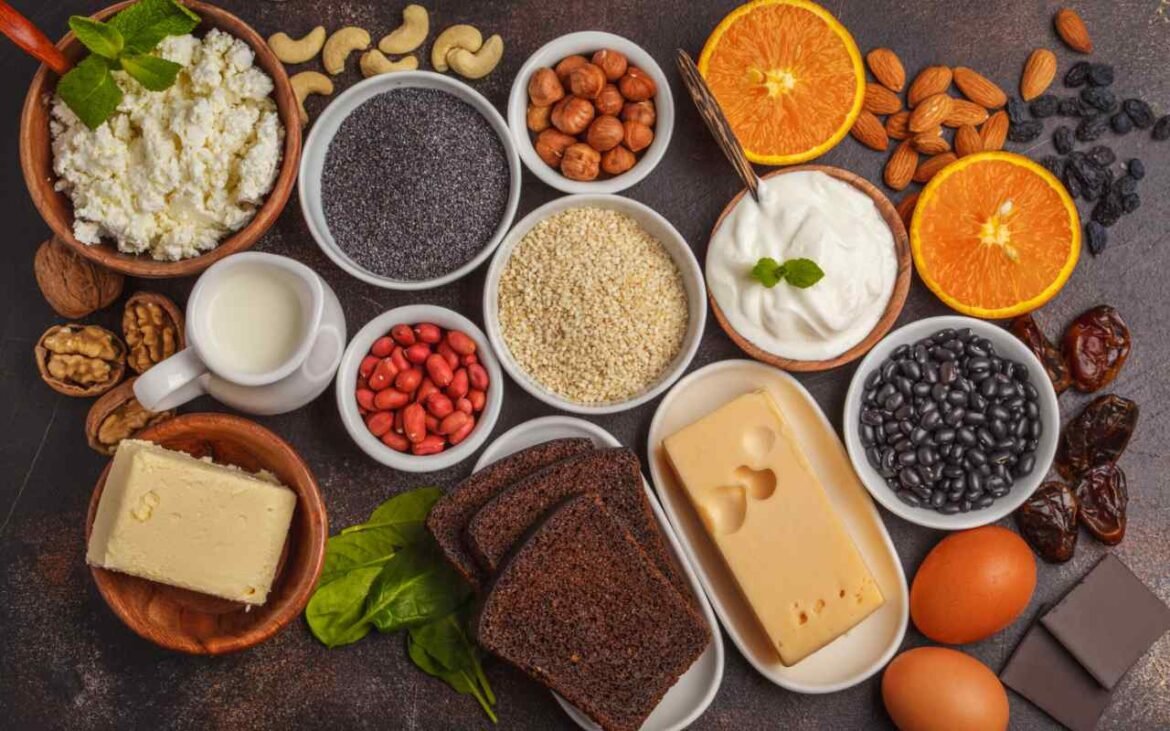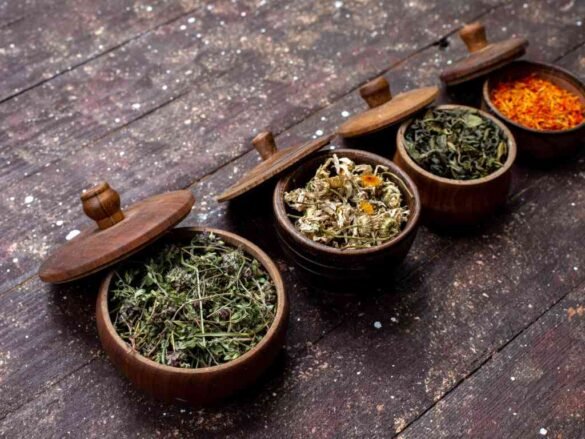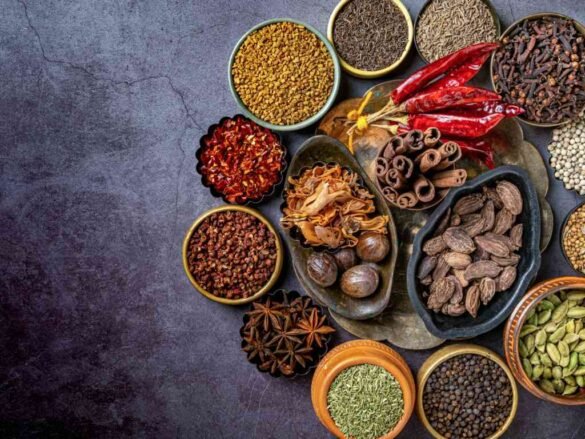Table of Contents
Ever find yourself staring into your fridge at 6 PM, wondering what on earth you’re going to make for dinner? Yeah, we’ve all been there. The secret to avoiding those “what’s for dinner?” panic moments isn’t having a million ingredients – it’s having the right staple foods in your kitchen arsenal.
Staple foods are the backbone of any well-functioning kitchen. They’re those reliable, nutrient-dense ingredients that show up in meal after meal, culture after culture, keeping us fed and satisfied. Think of them as your culinary safety net – always there when you need them, versatile enough to transform into countless dishes, and shelf-stable enough that you won’t be throwing money down the drain.
Let’s be honest – meal planning can feel overwhelming when you’re juggling work, family, and trying to maintain some semblance of a healthy lifestyle. But here’s the thing: having the right pantry staples takes the guesswork out of cooking. Instead of standing in your kitchen feeling defeated, you’ll have a foundation of ingredients that can morph into everything from quick weeknight dinners to impressive weekend meals.
What Makes Staple Foods So Essential for Healthy Eating?
Staple foods aren’t just convenient – they’re nutritional powerhouses that form the foundation of healthy diets worldwide. According to the Food and Agriculture Organization, these core ingredients provide a significant portion of our daily energy and essential nutrients, including carbohydrates, proteins, healthy fats, fiber, vitamins, and minerals.
The beauty of staple foods lies in their incredible versatility. Take rice, for example – it’s a blank canvas that can become a hearty breakfast porridge, the base for a vibrant stir-fry, or the foundation for a nourishing grain bowl. This adaptability means you’re never stuck making the same boring meals over and over again.
From a practical standpoint, staple foods are also budget-friendly game-changers. When you stock up on versatile ingredients like beans, grains, and spices, you’re investing in meals for weeks to come. Plus, having these essentials on hand means fewer emergency grocery runs and less food waste – because let’s face it, those impulse buys of exotic ingredients often end up forgotten in the back of your pantry.
The Top 10 Staple Foods Every Kitchen Needs
1. Whole Grains: Your Energy Foundation
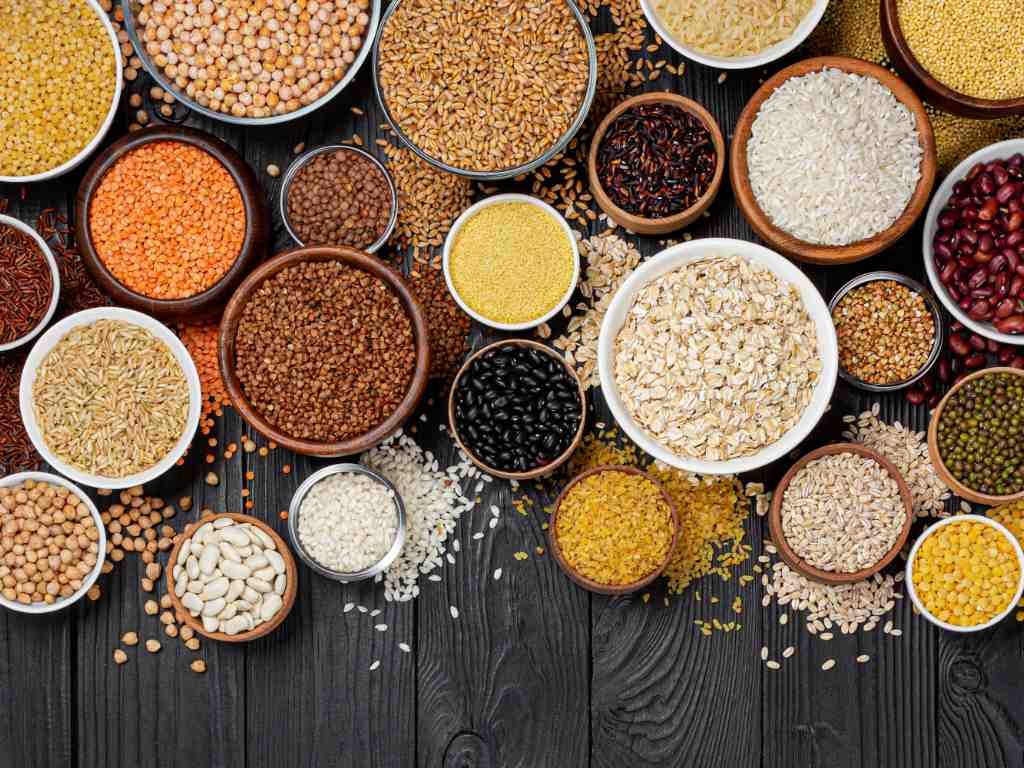
Whole grains like brown rice, quinoa, and oats are absolute kitchen superstars. Unlike their refined counterparts, whole grains retain all their fiber, B vitamins, and minerals, providing sustained energy that won’t leave you crashing an hour later.
Brown rice is incredibly forgiving – cook a big batch on Sunday and use it throughout the week in stir-fries, grain bowls, or even breakfast porridge. Quinoa brings complete protein to the table, making it perfect for vegetarian meals. And don’t sleep on oats – they’re not just for breakfast anymore. Try using them in smoothies, homemade granola, or even as a base for savory dishes.
2. Canned Beans: Plant-Powered Protein
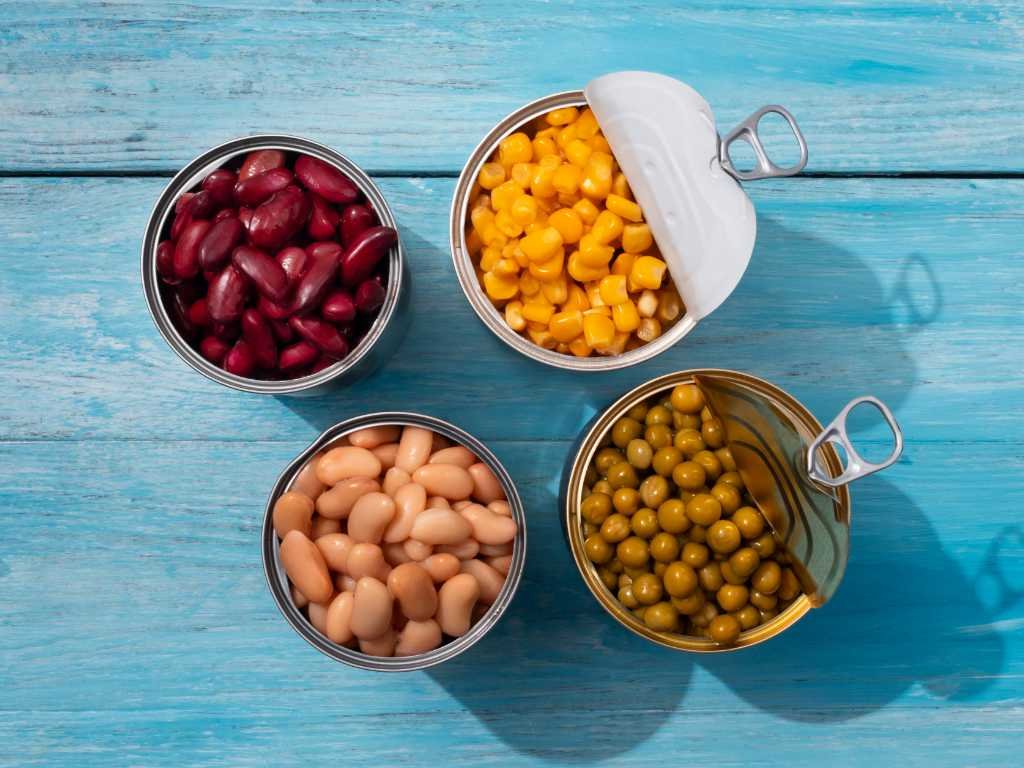
If you’re not keeping canned beans in your pantry, you’re missing out on one of the most versatile staple foods around. Black beans, chickpeas, kidney beans, and lentils are nutritional goldmines packed with plant-based protein, fiber, and folate.
The convenience factor is huge here – while dried beans require soaking and long cooking times, canned beans are ready to go straight from the pantry. Rinse them quickly to reduce sodium, then toss them into salads for extra protein, blend them into creamy hummus, or add them to soups and stews for heartiness. A can of chickpeas can become everything from roasted snacks to the base for a quick curry.
3. Canned Tomatoes: The Flavor Game-Changer
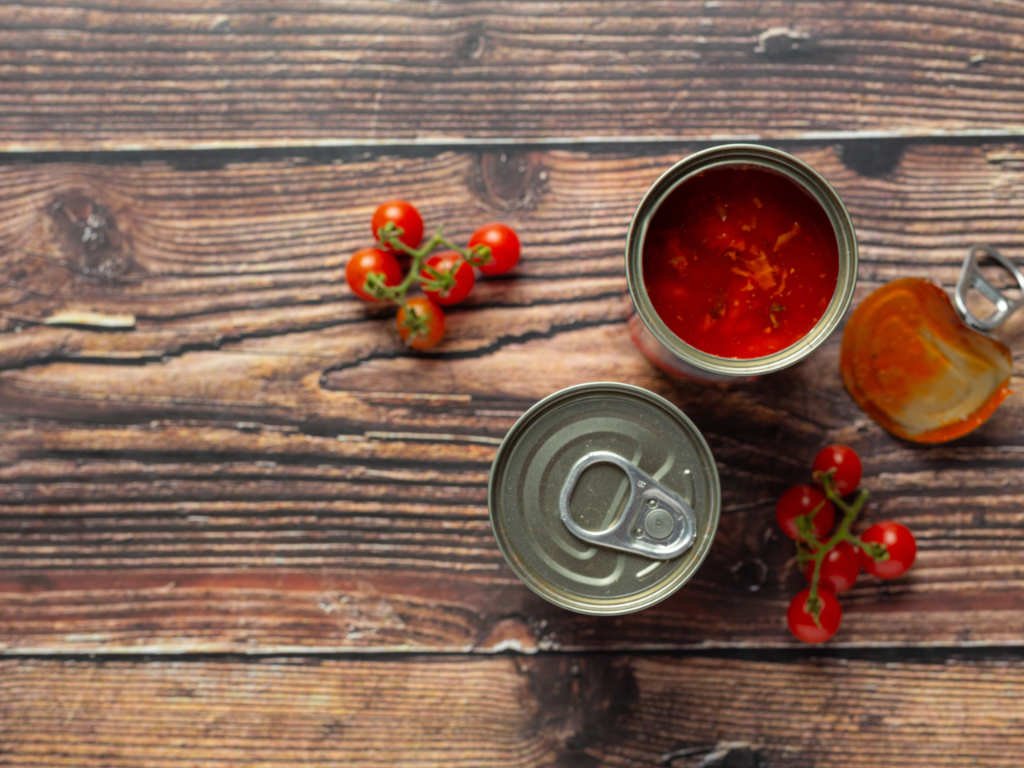
Canned tomatoes might seem basic, but they’re flavor workhorses that can transform simple ingredients into restaurant-worthy dishes. Unlike fresh tomatoes, which can be hit-or-miss depending on the season, canned tomatoes are consistently flavorful and packed with lycopene – that powerful antioxidant that’s even more available in processed tomatoes.
Keep whole, diced, and crushed tomatoes on hand for maximum flexibility. Whole tomatoes are perfect for sauces where you want to control the texture, diced tomatoes work beautifully in soups and stews, and crushed tomatoes make quick work of pasta sauces and marinades.
4. Nuts and Seeds: Tiny Nutritional Powerhouses
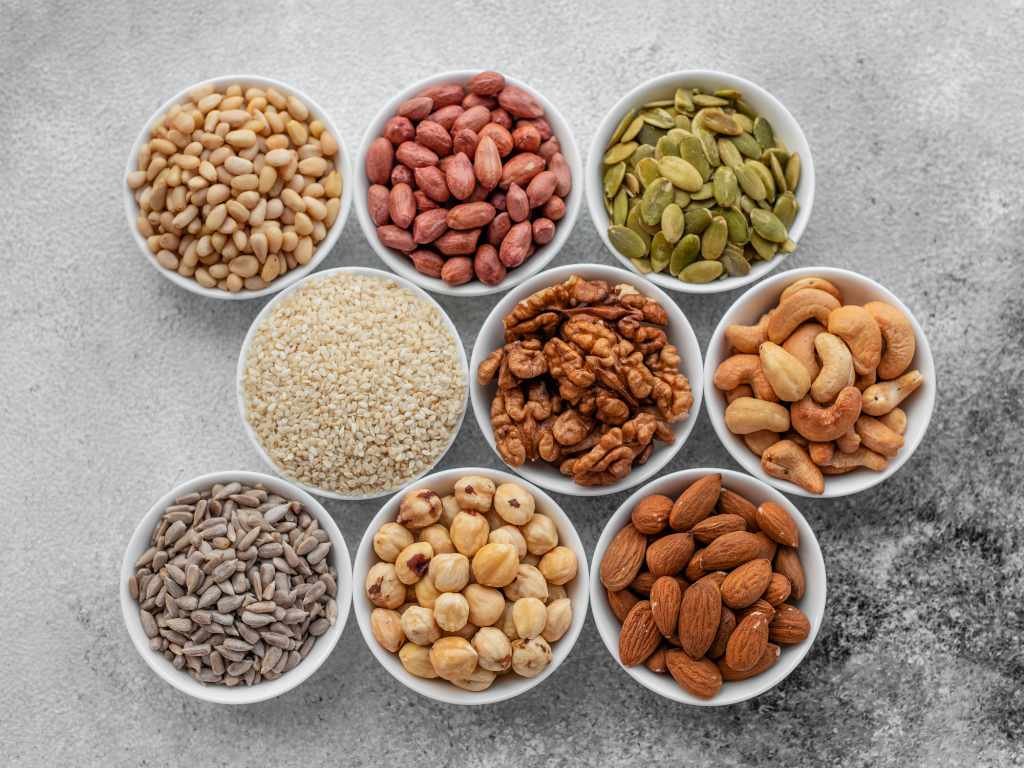
Don’t underestimate these small but mighty ingredients. Nuts and seeds bring healthy fats, protein, vitamins, and minerals to your meals while adding incredible texture and flavor variety. Almonds, walnuts, sunflower seeds, and chia seeds each offer unique nutritional profiles and culinary possibilities.
Beyond snacking, nuts and seeds can elevate simple dishes dramatically. Toast pine nuts for pasta, blend cashews into creamy sauces, or sprinkle hemp seeds on yogurt for extra protein. They’re also essential for anyone following plant-based diets, providing crucial omega-3 fatty acids and vitamin E.
5. Quality Cooking Oils: The Foundation of Flavor
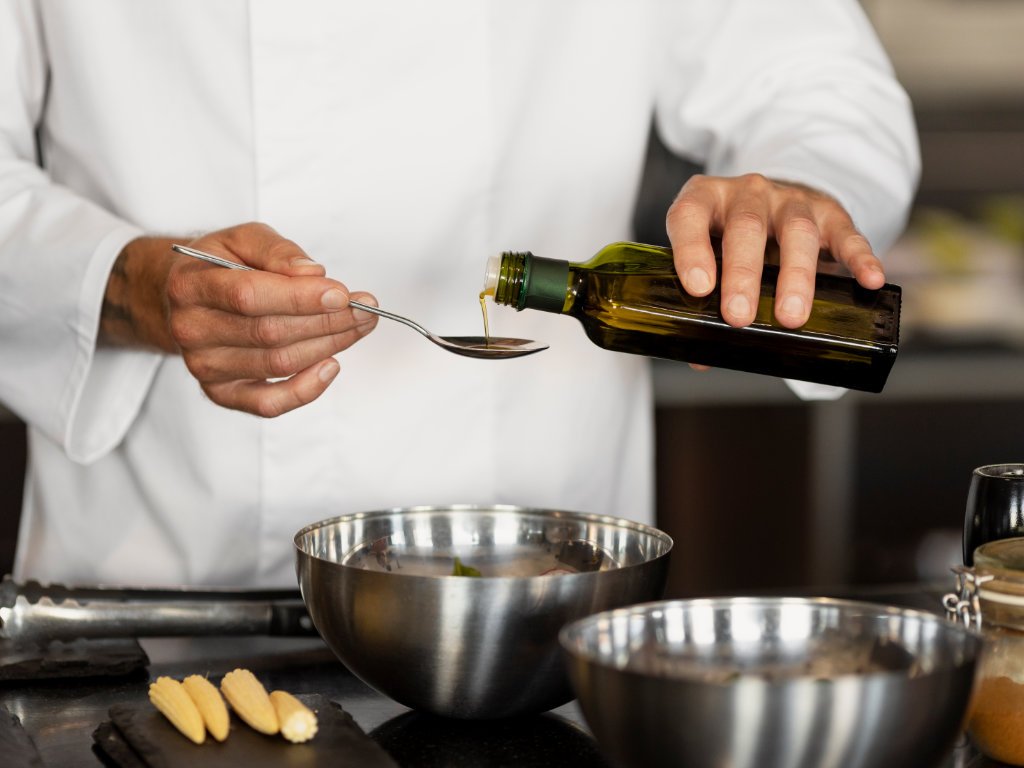
Cooking oils do more than prevent sticking – they carry flavors and provide essential fatty acids your body needs. Extra virgin olive oil should be your go-to for low-heat cooking and finishing dishes, while coconut oil works beautifully for higher-heat cooking and adds subtle sweetness to both savory and sweet dishes.
Different oils bring different benefits: olive oil is rich in monounsaturated fats and antioxidants, while avocado oil has a high smoke point perfect for roasting and sautéing. Having variety means you can match the oil to the cooking method and flavor profile you’re after.
6. Spices and Herbs: Your Flavor Arsenal
Here’s where the magic happens. Spices and herbs transform basic staple foods into cuisine from around the world. A simple pot of rice becomes Spanish paella with saffron, Mexican cilantro-lime rice with cumin and fresh herbs, or Indian biryani with garam masala.
Start with the essentials: salt, black pepper, garlic powder, onion powder, cumin, paprika, oregano, and cinnamon. These eight spices can take you far. From there, build your collection based on the cuisines you love. Italian cooking calls for basil and thyme, Mexican dishes shine with chili powder and lime, and Asian cuisine often features ginger and five-spice.
7. Frozen Vegetables: Convenience Without Compromise
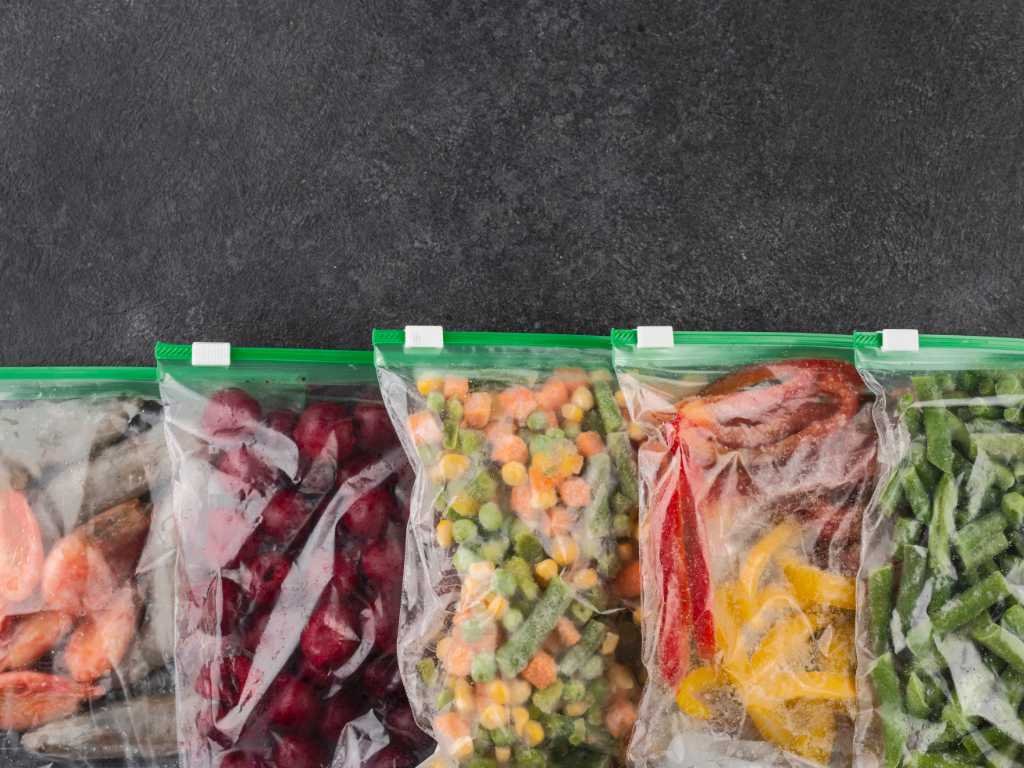
Let’s dispel the myth that frozen vegetables are nutritionally inferior. In many cases, frozen vegetables are picked at peak ripeness and flash-frozen, preserving more nutrients than fresh vegetables that travel long distances and sit for days.
Stock your freezer with mixtures that complement your cooking style – classic mixed vegetables for quick stir-fries, broccoli for easy side dishes, and spinach for smoothies and pasta dishes. Frozen vegetables eliminate the pressure of using fresh produce before it spoils, and they’re pre-prepped and ready to go.
8. Eggs: The Ultimate Protein Versatility
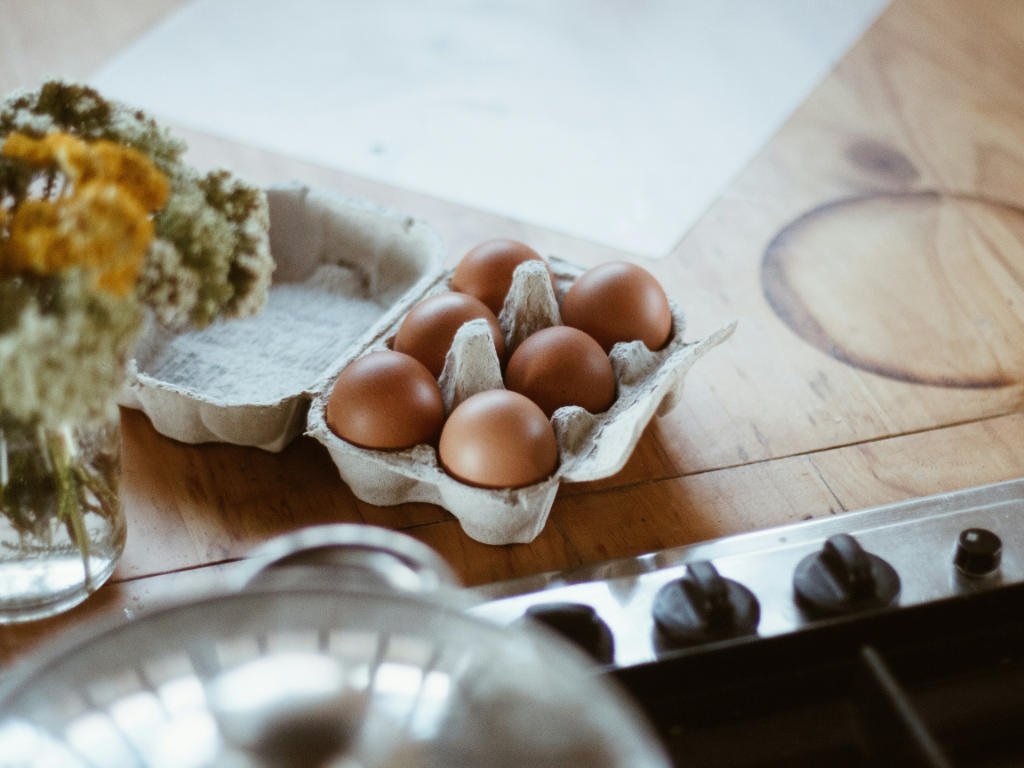
Eggs might be the most versatile single ingredient in your kitchen. They’re complete proteins containing all essential amino acids, they’re affordable, and they can be prepared in countless ways. Beyond the obvious scrambled and fried preparations, eggs bind ingredients in baking, create creamy sauces like carbonara, and add richness to soups.
Hard-boiled eggs make excellent grab-and-go snacks or salad toppers, while a simple egg can transform leftovers into a whole new meal. Fried rice becomes dinner when you crack an egg into the pan, and leftover vegetables become a frittata with just a few whisked eggs.
9. Dairy and Dairy Alternatives: Calcium and Creaminess
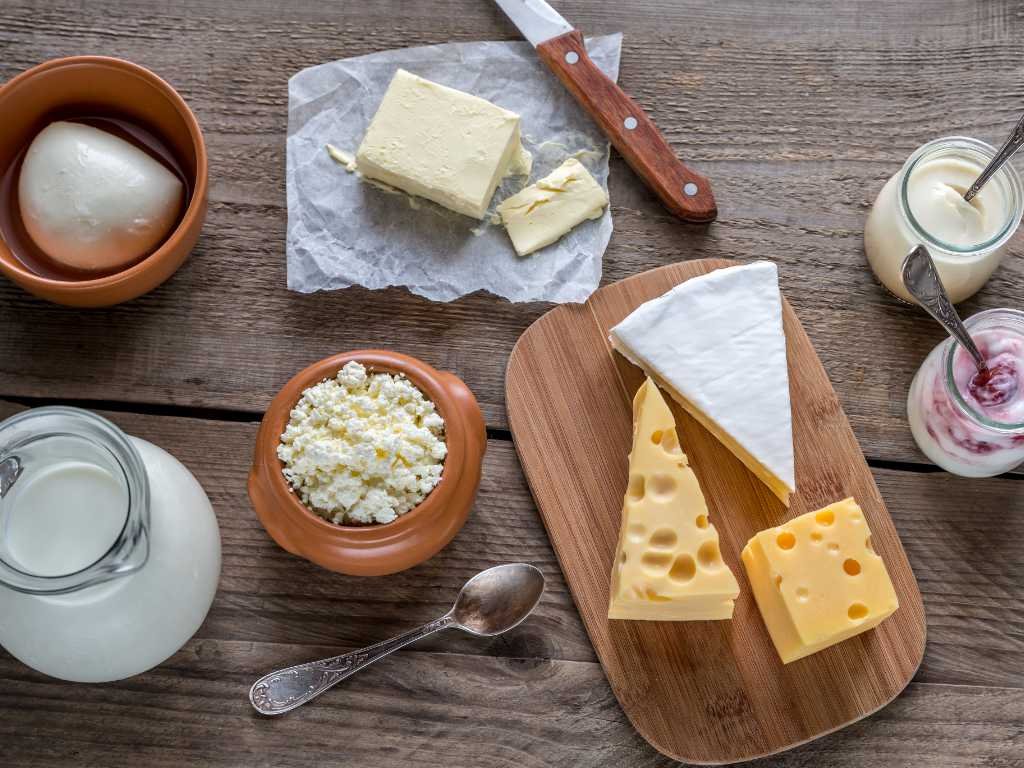
Whether you choose traditional dairy or plant-based alternatives, having these staple foods on hand opens up countless possibilities. Greek yogurt provides probiotics and protein for breakfast bowls and smoothies, while also working as a substitute for sour cream in recipes.
Cheese adds richness and satisfaction to simple dishes – a sprinkle of parmesan enhances pasta, roasted vegetables, and salads. If you’re dairy-free, alternatives like cashew cream, coconut milk, and nutritional yeast can provide similar richness and umami flavors.
10. Nut Butters: Satisfaction in a Jar
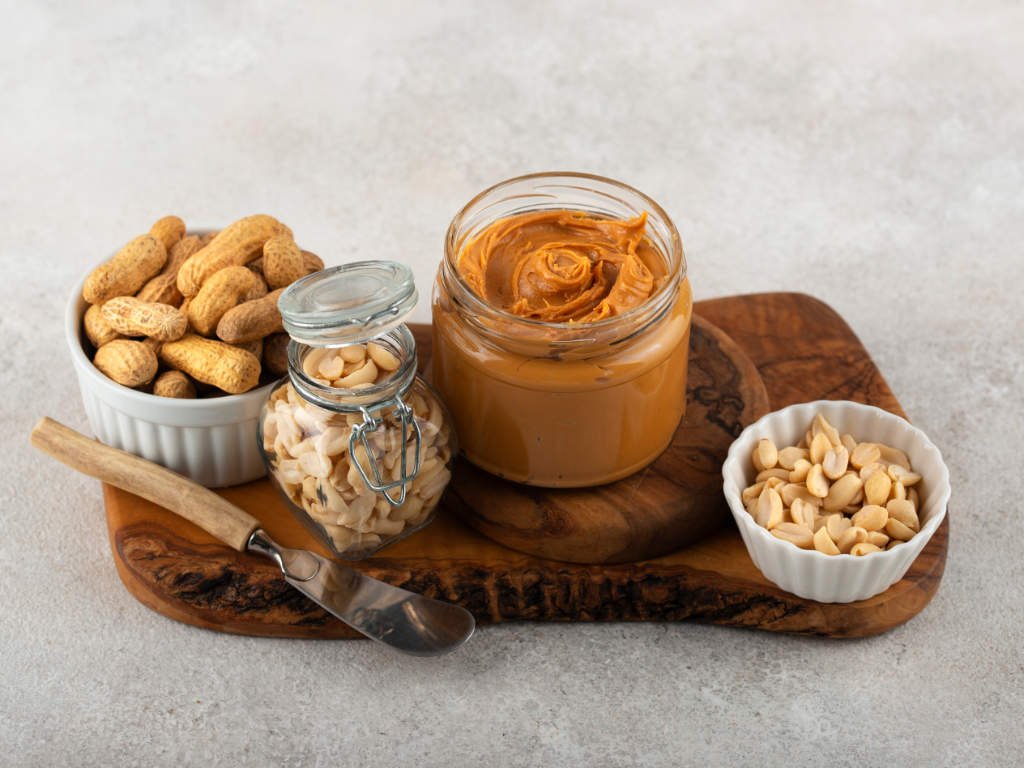
Nut butters are incredibly satisfying staple foods that provide healthy fats, protein, and that crucial feeling of satiation that keeps hunger at bay. Beyond the classic PB&J, nut butters can become the base for sauces, add richness to smoothies, and even work in unexpected savory applications.
Almond butter works beautifully in Asian-inspired sauces, tahini (sesame seed butter) is essential for Middle Eastern cuisine, and even peanut butter can add depth to African-inspired stews. The key is buying versions without added sugars and oils when possible.
How to Transform These Staples into Healthy Meal Prep Success
The real magic happens when you start combining these staple foods strategically. Meal planning becomes infinitely easier when you think in terms of building blocks rather than specific recipes.
Batch cooking is your friend here. Cook a big pot of grains at the beginning of the week – you can use them for breakfast porridge, lunch grain bowls, and dinner stir-fries. Similarly, prepare a large batch of beans or lentils that can become soup base, salad protein, or sandwich filling throughout the week.
Think about creating flavor profiles with your spice combinations. Mexican-inspired meals might combine cumin, chili powder, and lime with your base grains and beans. Mediterranean dishes could feature olive oil, oregano, and garlic. Asian-influenced meals might include ginger, soy sauce, and sesame oil.
The beauty of this approach is flexibility. If you planned quinoa bowls but don’t feel like them, those same prepped ingredients can become soup, stir-fry, or stuffed vegetables instead. You’re working with components rather than rigid recipes.
Smart Grocery Shopping: Building Your Staple Food Foundation
Building your grocery list around staple foods changes everything about shopping – and your food budget. Instead of wandering aisles looking for inspiration, you’re strategically restocking your foundation ingredients.
Start by taking inventory of what you already have. Check your pantry staples monthly and keep a running list of items that need replenishing. This prevents the frustration of starting a recipe only to discover you’re out of olive oil or your last can of tomatoes.
Prioritize versatility when shopping. That bag of dried lentils can become soup, curry, salad topping, or veggie burger base. Canned tomatoes work in Italian, Mexican, Indian, and Middle Eastern cuisines. You’re not just buying ingredients – you’re investing in meal possibilities.
Consider storage when purchasing staple foods. Grains and legumes store well in airtight containers, while nuts and seeds maintain freshness longer in the refrigerator or freezer. Proper storage extends the life of your staples and protects your investment.
Common Questions About Kitchen Staples
How long do staple foods last in storage?
Most dried grains and legumes stay fresh for 1-2 years when stored properly in airtight containers. Canned goods typically last 2-3 years past their printed dates, while spices maintain potency for 1-3 years depending on whether they’re ground or whole.
Can I substitute fresh ingredients for canned or frozen ones?
Absolutely, but remember that fresh ingredients often require different prep times and techniques. Fresh tomatoes need longer cooking to develop the concentrated flavor that canned tomatoes provide immediately. Frozen vegetables cook faster than fresh, so adjust your timing accordingly.
What’s the most budget-friendly way to stock up on staples?
Buy in bulk when items are on sale, but only for staples you know you’ll use regularly. Generic brands often provide the same quality as name brands for basic items like canned tomatoes, beans, and grains. Consider joining warehouse stores for better prices on larger quantities.
How do I keep my spice collection organized and fresh?
Store spices in a cool, dry place away from direct sunlight. Label containers with purchase dates and replace ground spices every 1-2 years, whole spices every 3-4 years. A spice rack or drawer organizer helps you see what you have and prevents duplicate purchases.
Having these ten staple foods in your kitchen transforms cooking from a daily stress into a creative outlet. You’ll find yourself throwing together satisfying meals without even thinking about it, and those “there’s nothing to eat” moments become a thing of the past.
The journey to healthier eating habits doesn’t require perfection or exotic ingredients – it requires consistency and smart planning. When your kitchen is stocked with versatile, nutritious staples, every meal becomes an opportunity to nourish your body well.
Start with just a few of these staples and gradually build your collection. Before you know it, you’ll be that person who can whip up delicious, healthy meals seemingly out of nowhere. And trust me, your future hungry self will thank you for the investment.
What are your go-to kitchen staples? Drop a comment below and share your favorite combinations – I’d love to hear how you’re putting these ingredients to work in your kitchen!


